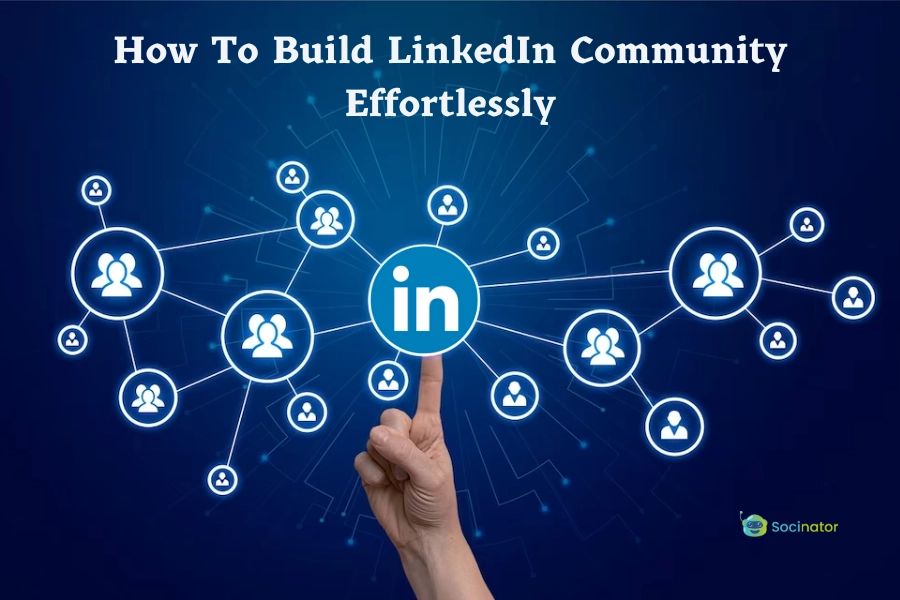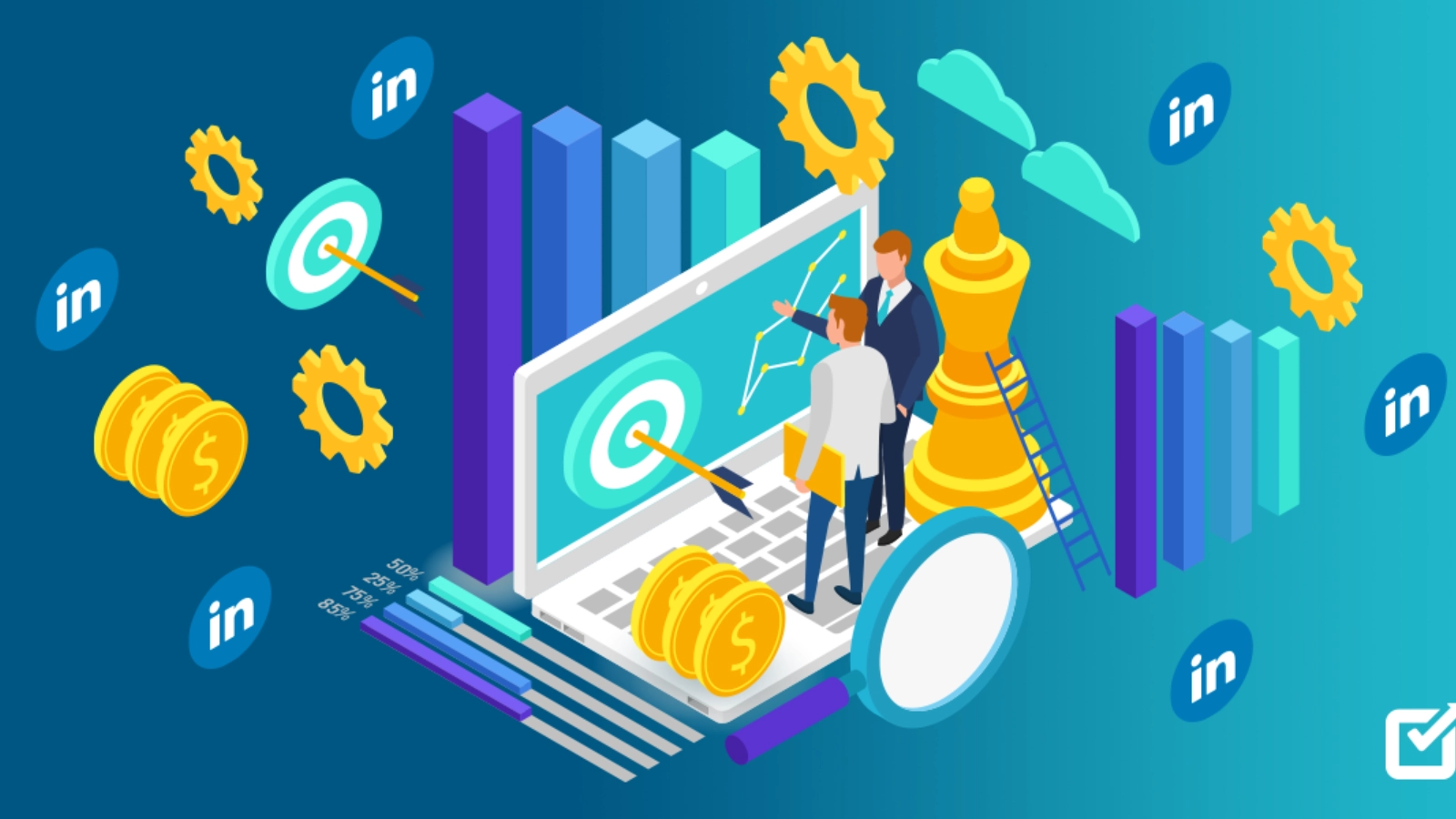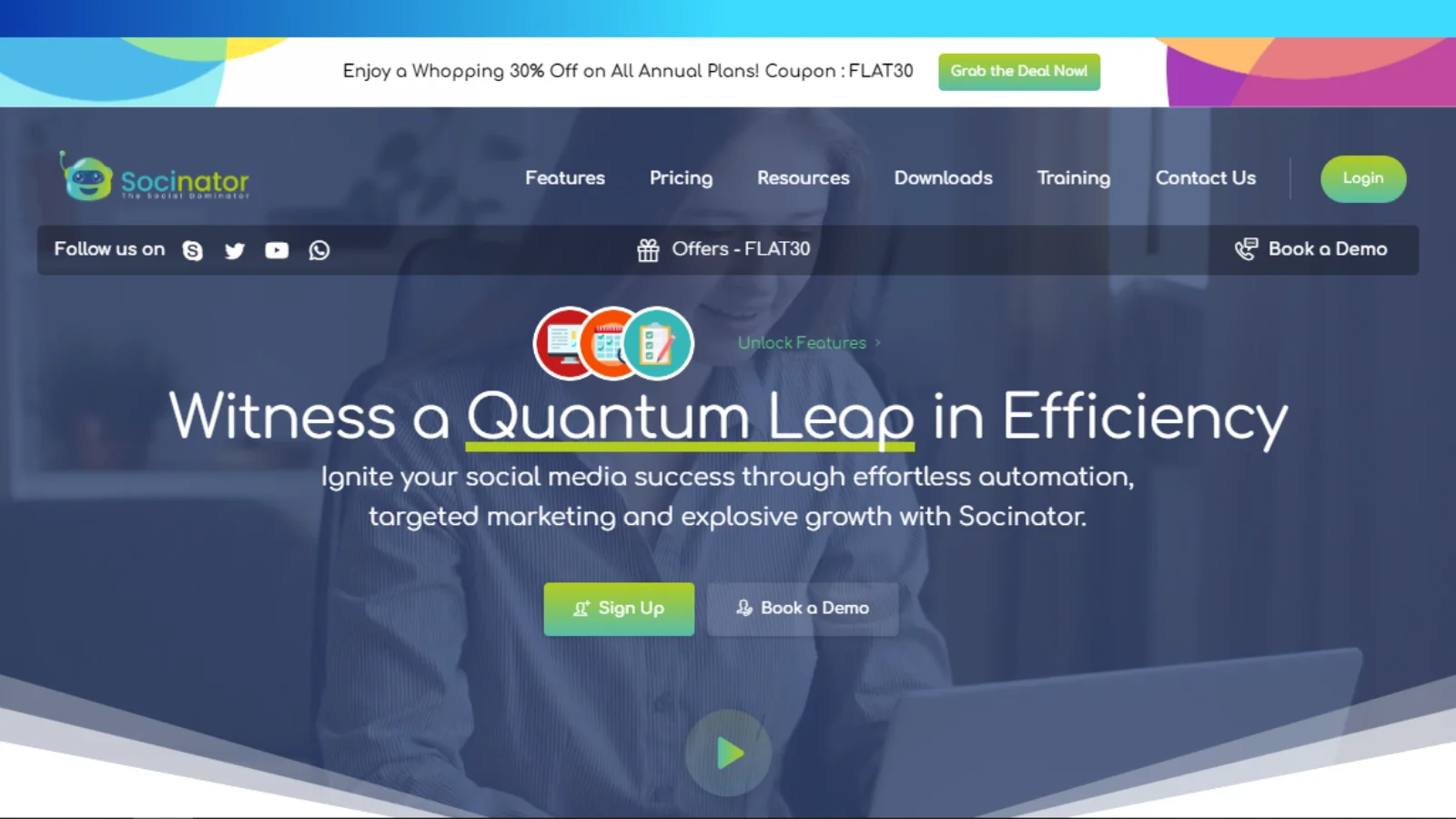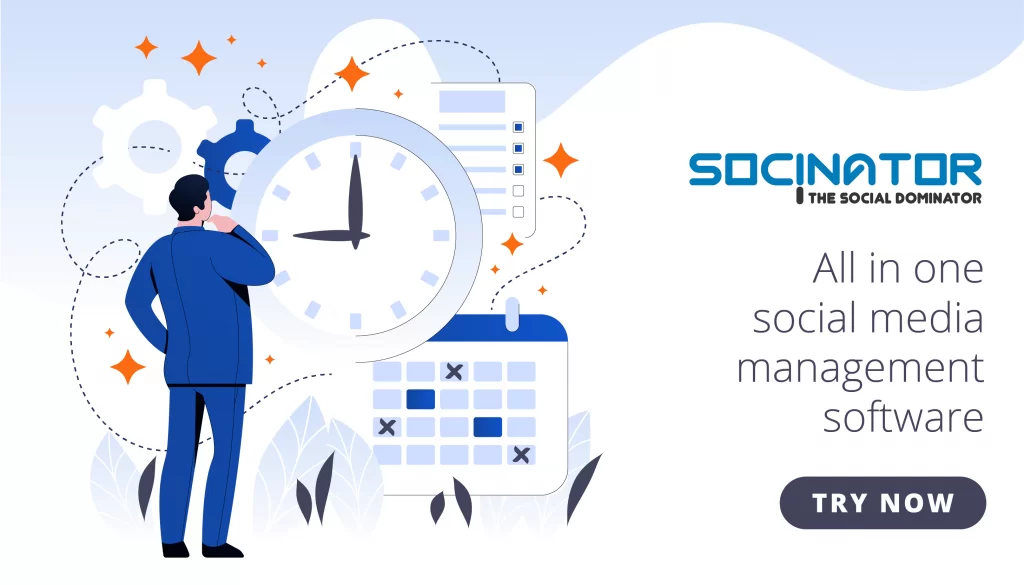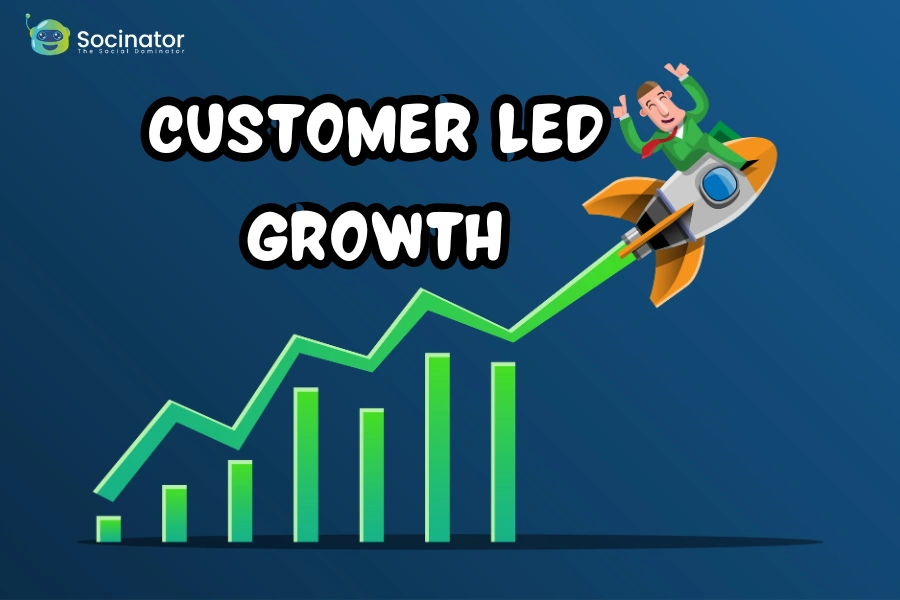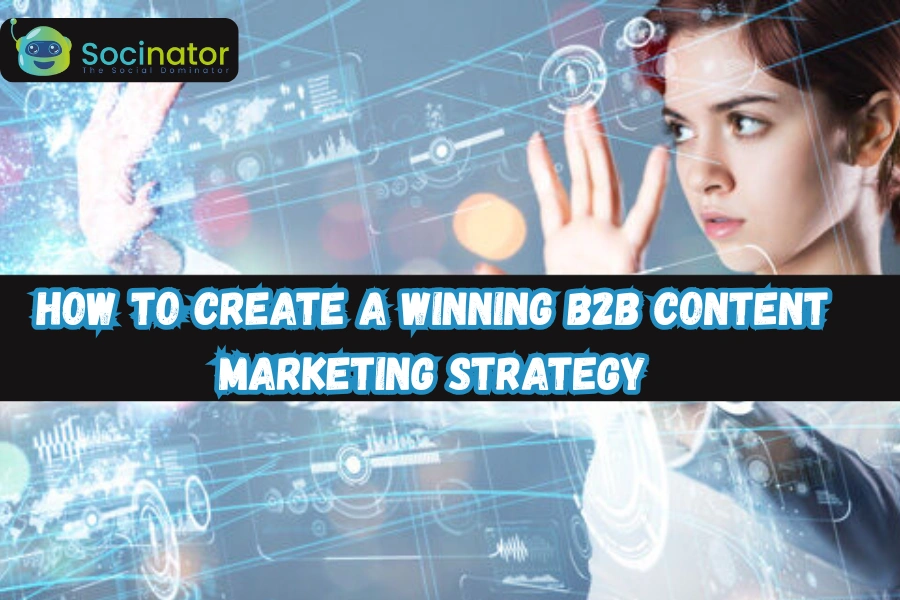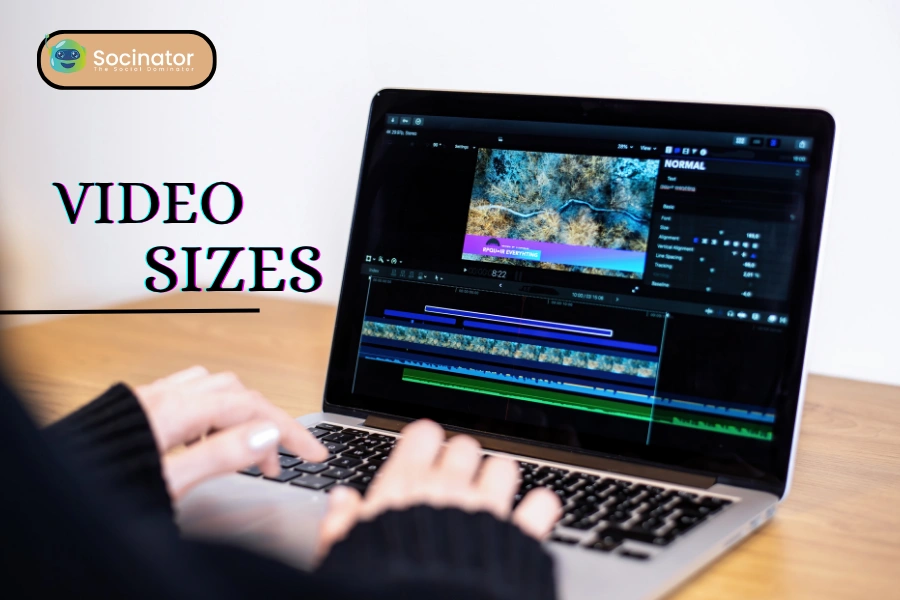LinkedIn is the go-to platform for connecting with like-minded professionals, expanding business opportunities, and fostering a community of individuals sharing common interests and goals.
Imagine stumbling upon one that defies the norms, a LinkedIn community that attracts professionals from diverse backgrounds, sparking engaging conversations and collaborative initiatives.
Picture a community so impactful that its threads become the heartbeat of industry discussions. Now, let’s shift our lens to reality – what if I told you the most followed community on Linkedin wasn’t about the latest tech trends or business strategies but a community centered around something as unconventional as miniature succulent gardening?
Communities on LinkedIn are like small professional worlds where people connect and share knowledge, helping each other out.
In this blog, we will walk you through the art of effortlessly constructing and managing a thriving community of LinkedIn, exploring the fundamental steps, strategies, and future trends that can set you on the path to community success.
Hit ‘Play’ Button & Tune Into The Blog!
Why Is The LinkedIn Community Successful?
Understanding the inherent value of a LinkedIn group or community is crucial before delving into the specific steps to build one. A successful LinkedIn group offers numerous advantages:
Networking Opportunities
LinkedIn serves as a virtual hub where professionals from diverse industries converge. Building a social media community for LinkedIn allows you to network with like-minded individuals, potential clients, and industry leaders.
Knowledge Sharing
Communities thrive on the exchange of knowledge and insights. Members can keep themselves informed about industry trends, best practices, and new opportunities by discussions and sharing content.
Brand Building
A vibrant community can serve as a powerful platform for brand building. For LinkedIn community managers, the best way to create a brand is to Engage community members who are more likely to remember and interact with your brand, fostering brand loyalty.
Career Advancement
For individuals, participating in a LinkedIn group can be a stepping stone to career advancement. Networking, mentorship opportunities, and exposure to industry trends can significantly impact professional growth.
Lead Generation
Businesses can leverage LinkedIn communities for lead generation. By building relationships within the community, companies can tap into a pool of potential clients or collaborators.
7 Steps To Build A LinkedIn Community
Now that we’ve established the importance of a community on Linkedin let’s explore the seven essential steps to build one effortlessly in 2024:
1. Optimize Your Profile
Your LinkedIn profile is the first impression you make on potential community members. Ensure your profile is complete, professional, and reflective of your expertise. A clear profile picture, compelling headline, and detailed summary create an inviting presence. Utilizing proper benchmarks such as correct LinkedIn event banner size, post dimensions and others make your profile visit worthy.
2. Share Valuable Content Regularly
Consistency is core when it comes to content sharing. Regularly post relevant and valuable content related to your industry or niche. It could include articles, blog posts, videos, or even quick updates on industry trends. Share insights that position you as a thought leader within the community. Marketers and brands use LinkedIn community and platform automation tools like Socinator to streamline their workload and automate their work.
3. Engage Actively
Building a community is not a one-way street. Actively engage with your connections by liking, commenting, and sharing their content. Participate in discussions, ask questions, and provide thoughtful insights. It not only increases your visibility but also fosters a sense of community.
4. Create and Share Original Content
Elevate your profile by publishing original content on LinkedIn. You can take advantage of LinkedIn post generator to generate posts. Write articles or posts that showcase your expertise and provide value to your audience. Share personal experiences, case studies, or success stories. Original content helps you stand out and reinforces your position as an industry authority.
5. Join and Participate in Groups
LinkedIn groups provide a platform to connect with professionals who share common interests. Join groups relevant to your industry or niche and actively participate in discussions. It expands your network and exposes you to a broader audience interested in similar topics.
6. Use Hashtags Strategically
Hashtags are a powerful tool to increase the visibility of your content. Research and use relevant hashtags in your posts to reach a wider audience. Incorporate a mix of popular and niche-specific hashtags to maximize your content’s reach within the LinkedIn community.
7. Host Virtual Events or Webinars
In the digital age, virtual events and webinars have become indispensable tools for community building. Organize events on LinkedIn, such as webinars, live Q&A sessions, or panel discussions. This real-time interaction strengthens your connection with the audience and positions you as a community leader.
Building a community on LinkedIn isn’t as daunting as it may appear. The secret to cracking the code is effective social media engagement and a consistent presence. Many marketers opt for utilizing a social media automation tool like Socinator, alongside strategic planning and content creation, to streamline their efforts and enhance community growth.
Socinator- Social Media Automation & Marketing Tool
Socinator is a robust social media management tool designed to streamline and enhance your social media presence. Packed with a range of features, Socinator simplifies the process of managing multiple social media accounts, automating tasks, and optimizing engagement across various platforms. Here are some key features of Socinator:
Multi-Platform Support
Socinator supports a variety of social media platforms, including Facebook, Instagram, Twitter, LinkedIn, YouTube, and Pinterest, allowing users to manage all accounts in one place.
Automation Capabilities
The tool offers automation features such as post-scheduling, auto-follow, auto-unfollow, and auto-like. It helps save time and ensures consistent activity on your LinkedIn community and social media accounts.
Content Scheduler
Socinator perfectly answers the most daunted question of brands and marketers: How can you schedule posts on LinkedIn like a pro? It enables users to schedule posts in advance, ensuring a steady flow of content without the need for manual intervention. This feature is beneficial for maintaining a consistent posting schedule.
Keyword-Based Automation
Users can automate actions based on specific keywords, helping target relevant content and users. This feature is beneficial for businesses aiming to connect with a specific audience
Analytics and Reporting
Socinator provides detailed analytics and reports on the performance of your social media accounts. Users can track engagement, follower growth, and other key metrics to assess the effectiveness of their social media strategy.
Account Security
The tool prioritizes account security with features like CAPTCHA support, ensuring social media accounts are protected while using automation.
Customizable Automation
Users have the flexibility to customize automation settings based on their specific needs. It includes setting posting times, frequency of actions, and targeting parameters.
Hence, Socinator is a comprehensive social media management tool that simplifies account management, automates tasks, and provides valuable insights through analytics. Its diverse range of features makes it a valuable asset for individuals, influencers, and businesses aiming to optimize their social media strategy and engagement.
Also Read
How To Use LinkedIn Post Generator For Content Creation
Social Media Communities- Meaning, Types, How To Build, & More!
How Can You Schedule Posts On Linkedin Like A Pro?
How to Manage LinkedIn Community
Building a community on Linkedin is just the beginning; effective management is essential to sustaining its growth and vibrancy. Here are five points to guide you in managing your LinkedIn community:
1. Foster a Positive Environment
Encourage positivity within the community. Moderate discussions to ensure they remain respectful and constructive. Set clear guidelines for members to follow, emphasizing the importance of mutual support and collaboration.
2. Encourage Member Participation
Actively involve community members in discussions and activities. Leverage LinkedIn automation tool to actively involve and communicate with team members. Create polls, ask questions, and seek input on relevant topics. Recognize and appreciate members who contribute meaningfully to the community.
3. Provide Value Through Exclusive Content
Keep the LinkedIn community engaged by offering exclusive content. It could include behind-the-scenes glimpses, early access to resources, or member-only events. Providing value keeps members invested in the community.
4. Monitor Analytics
Regularly analyze LinkedIn analytics to understand the performance of your content. Identify the types of posts that resonate most with your audience and adjust your content strategy accordingly. Monitoring analytics helps you make data-driven decisions.
5. Address Concerns Promptly
Act swiftly in addressing any concerns or issues within the community. Whenever there’s a disagreement among members or feedback on community rules, make sure to reply quickly and openly. This proactive approach helps maintain a healthy community environment.
Future Trends in the LinkedIn Community
As we look ahead to the future of LinkedIn communities, several trends are likely to shape the landscape:
Increased Emphasis on Video Content
The rise of video content is emerging. LinkedIn communities may increasingly leverage video for engaging discussions, tutorials, and interviews.
Integration of AI and Personalization
Artificial Intelligence (AI) tools play a significant role in community management. Personalized content recommendations, automated moderation, and targeted community outreach could become standard practices.
Virtual Reality (VR) Networking Events
The integration of VR into professional networking is an exciting prospect. Virtual reality networking events could offer a more immersive and dynamic experience for LinkedIn communities.
Niche Communities on the Rise
As the LinkedIn Community user base grows, the demand for niche communities is likely to increase. Specialized groups catering to specific industries or interests will become more prevalent.
Enhanced Data Analytics Tools
LinkedIn may roll out advanced analytics tools, providing community managers with deeper insights into member behavior, content performance, and overall community engagement.
Conclusion
Building a community on Linkedin in 2024 involves a strategic blend of personal branding, content creation, and community management. You can establish yourself as a community leader by optimizing your profile, sharing valuable content, and engaging with your network. The integration of virtual events, strategic hashtag use, and participation in relevant groups further solidifies your presence within the LinkedIn ecosystem.
As you embark on the journey of building and managing your community, it’s essential to adapt to evolving trends and follow LinkedIn community guidelines. Embrace the power of video, explore AI-driven tools, and stay attuned to the changing landscape of professional networking. Stay consistent, provide value, and foster a positive community environment. It can effortlessly build and sustain a thriving community on Linkedin that stands the test of time.

